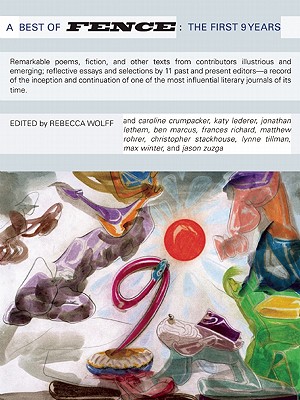Lift your head and buttocks as you swing your right leg up and over your head. The left leg counterbalances the right leg, forming a wide angle over your body as you spin on your back. Bend your right leg inward to gain speed. Remember, Mercury rotates not two but three times over the course of two years, and this minute detail coupled with the high eccentricity of Mercury’s orbit produces wondrous (or terrifying) effects for an observer on the planet’s surface (depending on where one stands). At some longitudes one sees the sun rise and gradually increase in size as it slowly moves toward the zenith. At that point the sun stops, briefly reverses course, and stops again before resuming its path toward the horizon and decreasing in apparent size. All the while the stars are moving three times faster across the sky.
Recall too, that the laws of science do not distinguish between the forward and backward directions of time. This is precisely why in the First Circle of Hell we find the Virtuous Pagans (unbaptized Intuitionists, Homer, Socrates, et al), who are forced to watch as debtor-students undergo the Achievement Ordeal—a standardized trial measuring knowledge and skills such as comprehension, vocabulary, word analysis, spelling, mechanics, usage, computation, geometry, physics, social deconstruction, and the Mayan calendar—only to discover the answer is B) Rod McKuen and Mary Oliver. And though we may stand right on top of them, though we may bash our skulls against their pink granite walls, the geologic features of the Inferno, oddly, are less easily identified than its myriad plants and animals. The plains vary more than the robins, the volcanic necks more than the daisies. Identification may depend not only on popular staging but on structure and composition—the more geology we know before visiting the Interior, the better we can understand its particular rock sculptures.
Likewise, a basic understanding of linguistics is helpful in contextualizing the involuntary howls of the tour guides. You’ll note how their interjections resemble what we now call “animal cries,” in their non-analytic structure and their combination of recognition with emotion. Animal cries are not known to carry the relatively unemotional recognition contained in such phrases as “Right this way,” or “Here is the bacon,” yet we find ourselves following along with a mouthful of burnt pig all the same.
Reconciling this quandary is one of the foremost concerns of the New Intuitionists. It is said that we use number-words in two different ways: as nouns and as adjectives. We say “nine swine.” Nine is an adjective. If it’s an objective fact that there are nine swine in the pasture, that’s just as objective as the fact that the pigs are cute, or that they’re bleeding, or anything else about them. A sepia tint flatters the pigs, but even in reproduction we see that there is none of that unity of atmosphere, that “envelope of light,” which is the essence of bona fide naturalism. Nature, it appears, has not been perceived as a whole but rendered piece by piece.
_________________________________
 © 2003 Christian Peet. Published in the chapbook, The Nines (Book 1) and in A Best Of Fence: The First Nine Years. Originally appeared in Fence.
© 2003 Christian Peet. Published in the chapbook, The Nines (Book 1) and in A Best Of Fence: The First Nine Years. Originally appeared in Fence.
 The nine movements of Book 1 include mutations born of an Edge.org interview with mathematician and philosopher Reuben Hersh, as well as a variety of appropriated critical, scientific, and instructional texts chosen randomly from the back of the author’s car after a cross-country exodus: including George F. Adams’ and Jerome Wykoff’s Landforms (A Golden Guide); Kenneth Clark’s Landscape Into Art; Stephen Hawking’s A Brief History of Time; Eric N. Franklin’s and William H. Watkins’ Breakdance!; Anne Waldman’s and Marilyn Webb’s collection of lectures by visiting authors, Talking Poetics from Naropa Institute; and James Webb’s The Occult Establishment.
The nine movements of Book 1 include mutations born of an Edge.org interview with mathematician and philosopher Reuben Hersh, as well as a variety of appropriated critical, scientific, and instructional texts chosen randomly from the back of the author’s car after a cross-country exodus: including George F. Adams’ and Jerome Wykoff’s Landforms (A Golden Guide); Kenneth Clark’s Landscape Into Art; Stephen Hawking’s A Brief History of Time; Eric N. Franklin’s and William H. Watkins’ Breakdance!; Anne Waldman’s and Marilyn Webb’s collection of lectures by visiting authors, Talking Poetics from Naropa Institute; and James Webb’s The Occult Establishment.
